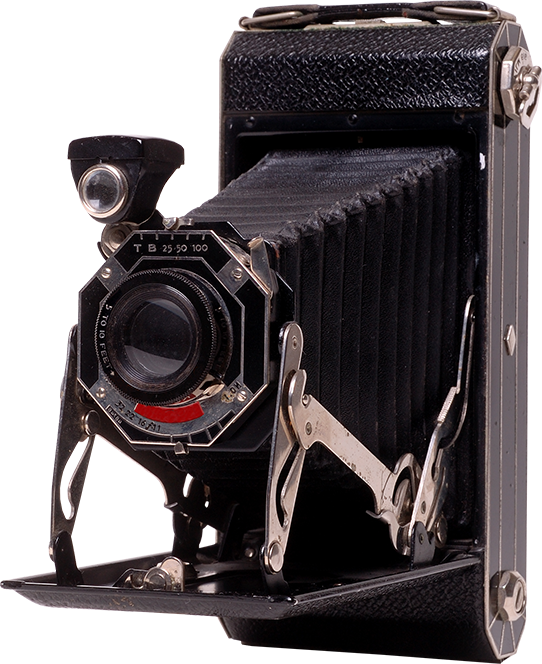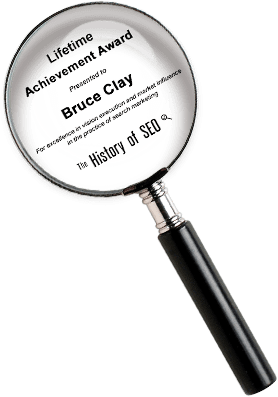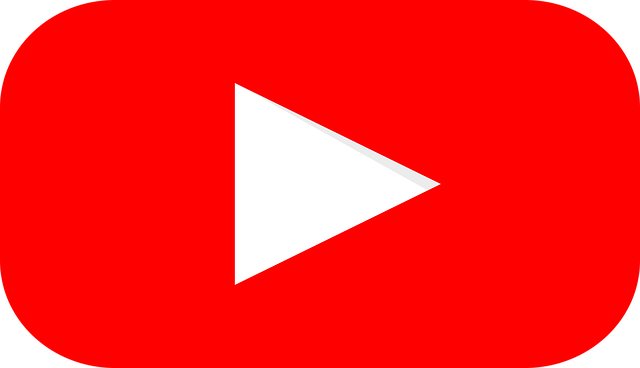LinkedIn Profile Optimization: Stand Out and Boost Search Results
Are you looking to make your LinkedIn profile a star performer? With over 200 million users, having an optimized profile is essential for standing out in this professional networking platform. By following these expert tips and mentoring techniques, you can create a high-quality, informative, and engaging profile that is also optimized for search engines.
- Think about keywords
- Connect with others
- Join groups
- Fine-tune your profile
- FAQ: How can I stand out and boost search results through LinkedIn profile optimization?
Think About Keywords
Just like a Google search, LinkedIn’s results rely on algorithms. To ensure your profile appears as a top search result, it’s crucial to optimize it with relevant keywords. Just as you consider keywords for web pages, think about the keywords you want to lead to your profile.
For instance, let’s consider a professional dancer specializing in tango and Latin dance. When creating her LinkedIn profile, she should focus on optimizing her content for these specific dance styles. Throughout her summary and job descriptions, she can incorporate keywords like “tango,” the keyword phrase “Latin dance,” and associated keywords such as “salsa,” “mambo,” and “cha cha.”
When adding her experience as a “Dance Teacher at Studio 5678,” she should provide a description highlighting her expertise in teaching Argentine tango to advanced students and choreographing routines for tango, salsa, mambo, and cha cha. Utilize the valuable space in job descriptions to insert keywords strategically.
The same principle applies to the summary section. Our hypothetical dance teacher should emphasize her dance accomplishments and interests, naturally incorporating the relevant keywords. This way, when someone searches for “tango dancer,” her profile will appear. Consider implementing this approach while optimizing your own LinkedIn profile.
Connect with Others
Forging connections is another best practice for enhancing your profile. Have you noticed that the number of connections impacts your search results? Those you know tend to appear higher in search rankings. Therefore, aim to expand your network by leveraging LinkedIn’s capabilities to find contacts you already know.
Allow LinkedIn to use your email accounts to locate your existing connections. Additionally, downloading the mobile LinkedIn app can help expand your network by utilizing your phone book contacts. Building connections with people you already know is an excellent starting point.
Join groups
Joining relevant groups serves as a valuable connection tool and provides another opportunity to showcase your professional interests. Returning to our dance teacher example, she can explore groups related to “dance” and find numerous results such as “Dance Industry Professionals Worldwide” and “Dance Teachers/Studio Owners.” By searching for “tango,” she can discover groups like “Argentine Tango & Business.” Becoming part of these groups allows her to interact with like-minded professionals and potential employers, creating more networking opportunities.
Joining groups naturally leads to connections while further associating her with the targeted keywords and phrases. Ideally, she will also gain industry insights from peers within the group.
Fine-tune your profile
Optimizing your profile goes beyond connections. It should reflect your work ethic, skills, and professionalism. In addition to optimizing your summary and job experience, ensure you have a clear headshot that conveys capability and confidence. Avoid leaving your profile picture blank or using unprofessional selfies or glamor shots.
Seeking recommendations and endorsements from your connections is also beneficial. Logging into LinkedIn and finding an endorsement is always a pleasant surprise, but don’t hesitate to politely ask for them if you deserve them. Remember to reciprocate by endorsing and recommending others who deserve recognition. A job well done deserves acknowledgment!
Lastly, make sure your visibility settings are set to public. LinkedIn is primarily a professional platform, and your profile content should be visible to everyone. Sharing your profile and associated activities with the world can significantly enhance your professional presence.
In addition to your individual profile, LinkedIn also offers company profiles. Consider visiting the Bruce Clay company profile or exploring our LinkedIn for Business series to learn more about optimizing company profiles.
By implementing these modern techniques, using relevant terminology, and following expert advice, you can transform your LinkedIn profile into a star performer. Stand out, boost your search visibility, and unlock new opportunities for professional growth.
Ready to transform your LinkedIn presence and unlock new career opportunities? Contact us.
FAQ: How can I stand out and boost search results through LinkedIn profile optimization?
Your LinkedIn profile stands as a crucial gateway to professional opportunities. Positioning yourself strategically for better search engine results requires more than simply showing off your achievements; I will serve as your expert consultant to enhance your profile and maximize its potential.
Craft a Compelling Headline:
Your LinkedIn headline is the first thing users see. Make it concise, yet impactful. Incorporate relevant keywords that align with your expertise and the job you’re targeting. A powerful headline not only attracts attention but also enhances searchability.
Create a Captivating Summary:
The summary section is your chance to tell your professional story. Craft a narrative that highlights your achievements, skills, and aspirations. Use industry-specific keywords naturally to improve search engine optimization (SEO) and cater to buyer intent search terms.
Optimize Job Descriptions:
Each job description is an opportunity to showcase your accomplishments. Utilize bullet points to make your achievements easily scannable. Include relevant keywords, but avoid keyword stuffing. Strike a balance between human readability and search engine friendliness.
Showcase Skills and Endorsements:
LinkedIn allows you to list your skills and receive endorsements. Strategically choose skills that align with your target audience’s search queries. Encourage colleagues and connections to endorse you, reinforcing your credibility.
Engage Regularly:
LinkedIn rewards active users. Engage with your network by sharing insightful content, commenting on others’ posts, and participating in relevant groups. Regular activity signals to LinkedIn’s algorithm that you’re a valuable and engaged member of the platform.
Step-by-Step Guide: Boosting Your LinkedIn Profile for Search Results
- Craft a Compelling Headline: Begin by updating your LinkedIn headline with a concise and keyword-rich description of your expertise.
- Create a Captivating Summary: Write a compelling summary that not only tells your professional story but also incorporates industry-specific keywords.
- Optimize Job Descriptions: Enhance your job descriptions with bullet points highlighting key achievements and industry-relevant keywords.
- Showcase Skills and Endorsements: Select and prioritize skills that align with your target audience’s search queries. Encourage endorsements from colleagues.
- Engage Regularly: Boost your profile’s visibility by actively participating in the LinkedIn community. Share content, comment on posts, and join relevant groups.
- Continuously Update and Improve: Regularly revisit and update your profile. Stay current with industry trends, and adapt your profile to reflect new skills and accomplishments.
LinkedIn profile optimization is a dynamic process that requires a strategic approach. By implementing these steps, you’ll not only stand out to your network but also boost your search results, ensuring that your professional journey is easily discoverable by those seeking your expertise. Your LinkedIn profile is your digital business card; make it memorable, and let your professional narrative shine.
This article was updated on December 18, 2023.

One Reply to “LinkedIn Profile Optimization: Stand Out and Boost Search Results”
Kristi, thanks for shedding some light on how to optimize LinkedIn profiles. Definitely some words of wisdom. Do you think the general concepts outlined above are applicable to other social networks?
LEAVE A REPLY









